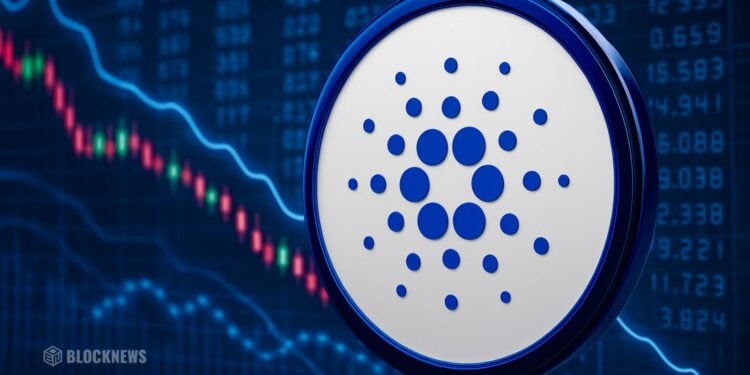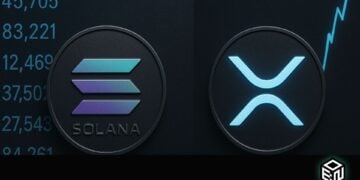- Charles Hoskinson says Cardano’s biggest DeFi problem is coordination, not technology.
- Cardano aims to connect ADA with Bitcoin and real-world lending to pull in new liquidity.
- Despite strong developer activity, ADA’s TVL and price momentum remain sluggish.
Cardano’s got the tech. It’s got the community. What it doesn’t have, according to Charles Hoskinson, is coordination. That might sound odd for a blockchain that prides itself on structure — but it’s exactly what’s holding ADA back in DeFi.
Hoskinson recently pointed out that Cardano’s problem isn’t about speed, scalability, or even innovation. It’s about getting its 1.3 million active users — many of whom are staking and voting — to actually participate in decentralized finance. The ecosystem, he says, has the talent and infrastructure, but not the synchronized effort needed to spark growth like Ethereum or Solana.
Instead of doubling down on the usual “Total Value Locked” race, Hoskinson’s now pushing a different route. He wants Cardano to bridge directly with Bitcoin and connect to real-world lending, bringing in fresh liquidity from outside crypto.
A Coordination Problem, Not a Tech One
Hoskinson summed it up bluntly:
“It’s not a technology problem. It’s not a node problem. It’s not a problem of imagination or execution. We can pretty much do anything. It’s a problem of governance and coordination.”
Basically, Cardano has all the right parts — it just hasn’t put them together yet. The network has over a million users, but very few engage in DeFi protocols. This creates what Hoskinson calls a “chicken-and-egg” loop: low usage keeps liquidity away, and low liquidity discourages usage.
To break that loop, Cardano plans to lean into two key systems — Midnight and RealFi. Both are being built to connect ADA liquidity with Bitcoin and real-world credit markets. If it works, Cardano could open the door to billions in new capital, letting ADA and BTC move seamlessly across ecosystems, converted into stablecoins or used in lending markets.

TVL’s Still Low, But Builders Haven’t Slowed Down
Right now, Cardano’s DeFi TVL sits around $271 million, which is tiny compared to Ethereum’s $85.5 billion or Solana’s $11.3 billion. But the story doesn’t end there. According to Santiment, Cardano’s development activityactually surpassed both Ethereum and Solana in late October — showing the builders are still active and committed.
That’s the contradiction Hoskinson keeps pointing out: Cardano doesn’t have a demand problem. It has an activationproblem. People believe in the system — they’re just not using it the way DeFi demands.
ADA’s Momentum Still Lags
At the moment, ADA trades around $0.60, and the trend doesn’t look too hot. The price remains below all major EMAs — with the 20 EMA near $0.65, the 50 EMA at $0.71, and the 200 EMA sitting around $0.74. Sellers still have the upper hand.
The RSI stays weak, showing no clear reversal signs, and the CMF dipped slightly below zero, which means capital inflows haven’t really stepped back in yet. ADA’s holding ground, but not climbing — a slow drift that mirrors its broader DeFi stagnation.
The Bottom Line
Cardano’s challenge isn’t about fixing code; it’s about fixing coordination. If Hoskinson’s plan to link ADA with Bitcoin and real-world lending pans out, it could finally unlock the ecosystem’s hidden potential. But until more users start actually moving liquidity through DeFi, Cardano risks staying a quiet giant — full of promise, short on momentum.














